Yes, we'd all like to have a large backyard with property that extended over yards. Some of us, however, live in houses or flats with backyards that do not extend as far as the eye can see. But that doesn't mean you should forget your dream of your own kitchen garden. Even if your garden is little, your crop of vegetables doesn't have to be.
Several of the plants don't need much space and grow vertically rather than horizontally, and many of them can be cultivated in pots. We've compiled a list of the greatest fruits and vegetables you can produce in your own modest garden, even if it's just a patch of dirt. Here are our top 15 picks for vegetables for small gardens.
Pole Beans
Pole beans should come as no surprise. Since the plant grows as long vines, you'll have to place them on poles to allow them to bear the crops.
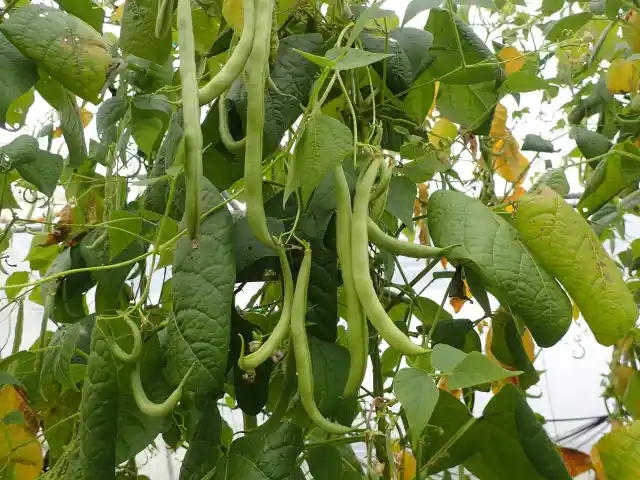
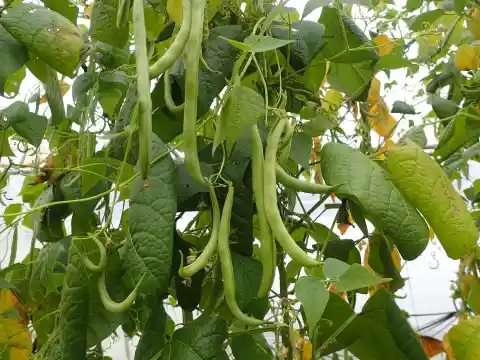
The vertical growth pattern will help you to cleverly utilize your space if your planting area is a small balcony or patio. The ideal container should be at least 10 inches wide and two to three feet long.
Peppers
Bell peppers are the ideal plant for a tiny garden plot since they grow up rather than out. Tiny pepper varieties are also productive. You may either plant them in pots on your patio or bury them into your garden.
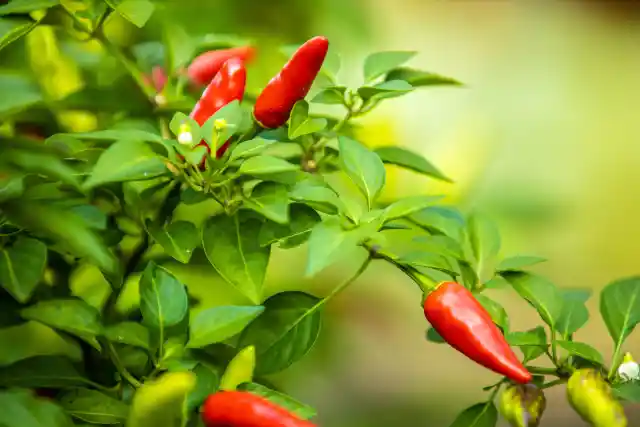
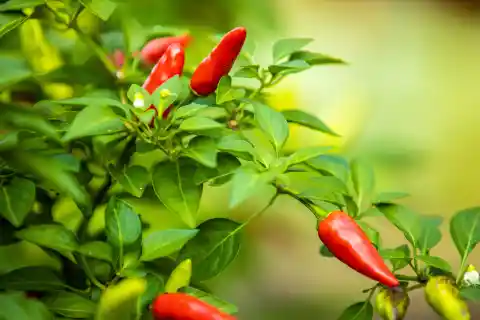
If you choose to plant bell peppers in pots on your patio, make sure to use a trellis or stakes to support their vertical growth. This will allow the plants to thrive and maximize your space.
Tomatoes
Tomatoes are another rockstar of the vegetable world: they're generally adored and very low maintenance. They can be raised in a container vertically or as hanging tomato plants.
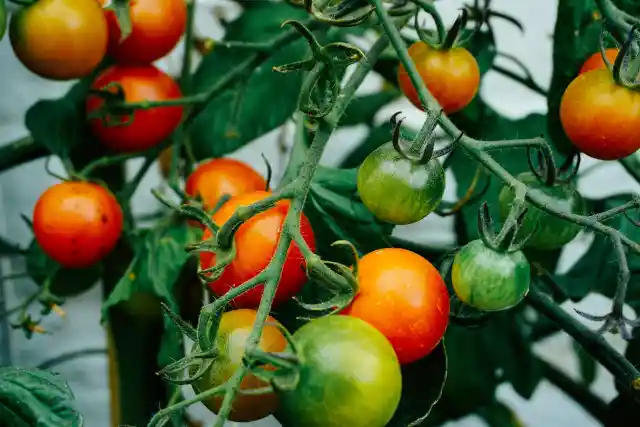

You don't need to wait for months to harvest a decent crop in your own backyard because smaller tomato types, such Little Sicily, as well as a kind that is perfect for hanging baskets, called Tumbling Tom, grow quite quickly.
Radishes
Radishes are one of the vegetables that grow the quickest, making them ideal for raised beds. Radish seeds can be sown next to bigger plants. After 35 to 60 days, the radishes will be mature enough to be harvested, much before your larger plants do.
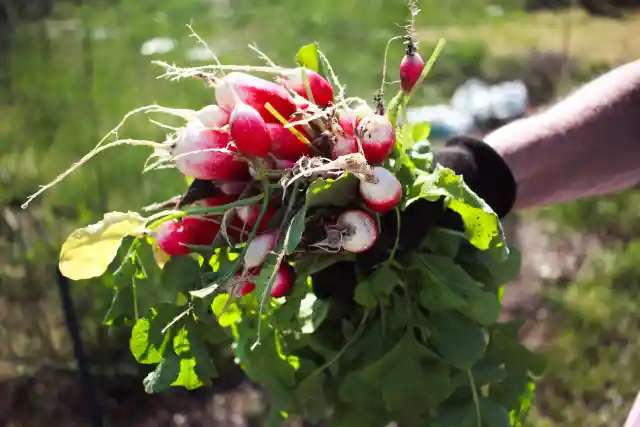
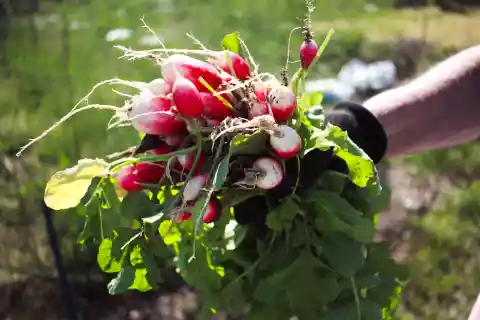
Radishes can be stuffed into any little gaps or empty spaces that need to be filled. Wherever you want your radishes to grow, make a little trench, then scatter the seeds there carefully. They should be lightly covered with soil and carefully watered. Radish seeds are readily wiped away.
Beets
These simple-to-grow vegetables are remarkable in that both their leaves and roots may be consumed. Beetroot seeds also come in groups of four to five different seeds.
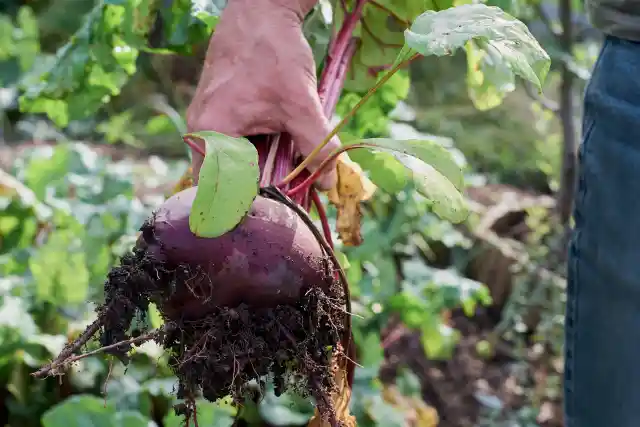
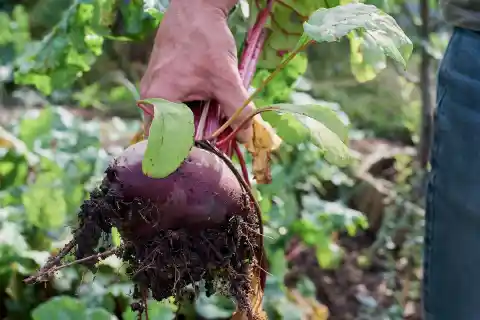
That way, you can put one seed in a container and get the benefit of numerous plants growing from it. It would be ideal to go for smaller baby beets that you can easily cultivate in pots and containers while making sure they get full sun.
Peas
Garden peas are simple to plant for harvest in the spring, summer, or fall. There are several varieties, many of which reach heights of 5 to 6 feet, including sugar, shell, and snap.
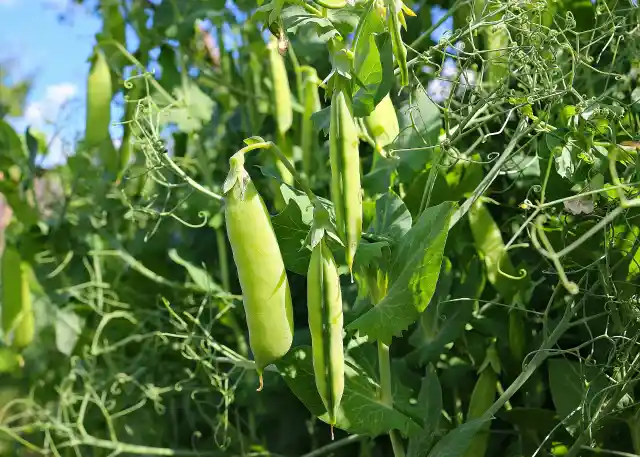
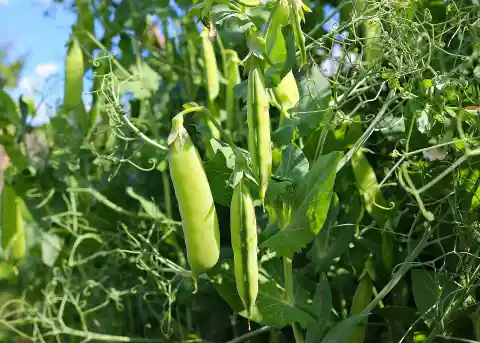
Most dwarf pea varieties mature more quickly than tall varieties and are simple to cultivate in pots. 'Patio Pride' only grows to a height of 1 foot, and its pods mature in 40 days. 'Sugar Ann' can grow as tall as 2 feet. The edible pods are quite sweet and crunchy.
Cucumber
Everyone is aware that cucumbers can be grown vertically. Whether you favor slicing or pickled cucumbers, there are vining kinds that will climb the highest fence or archway.
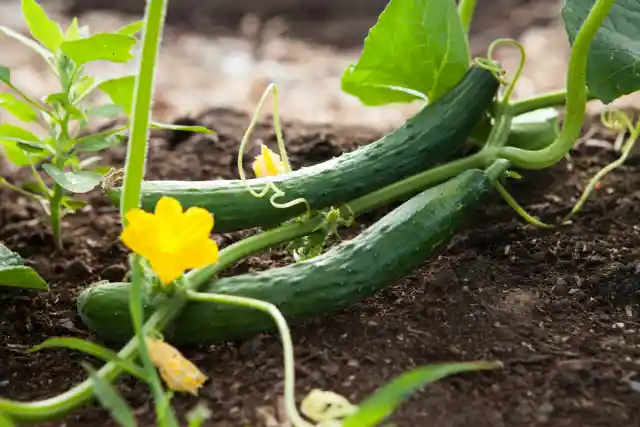
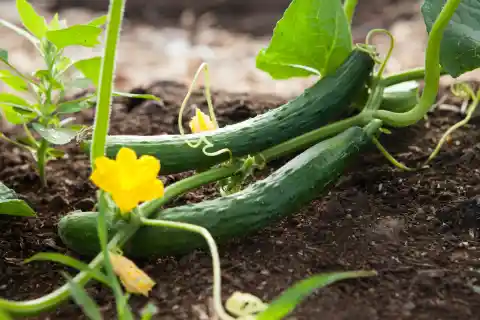
The fruit may easily be hidden behind a leaf until it is too ripe to eat when the vines sprawl out across the ground. As cucumbers are susceptible to a variety of pests and illnesses, keeping them above the ground helps to prevent them from being sick or damaged.
Shallots
A member of the onion family, shallots contribute a pleasant flavor and texture to food as well as a crisp freshness to salads. A single immature bulb can produce as many as five or six shallots, and it is rather simple to plant.

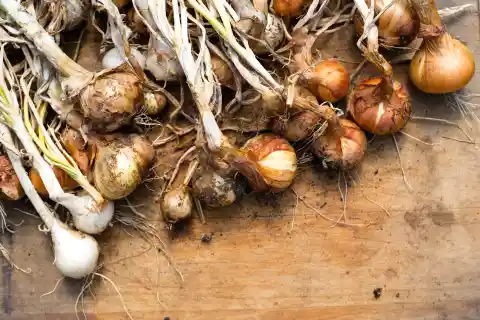
It is very simple to store over the winter. The finest shallot variety to cultivate is purple. Compared to the white type, they are sweeter and contain more nutrients.
Squash
Summer squashes are abundant growers and come in a variety of forms. If you have a tiny garden, you might want to think about bush types like patty pan, yellow squash, and bush zucchini. To ensure that each plant has adequate of air circulation, allow a little amount of breathing space around it.
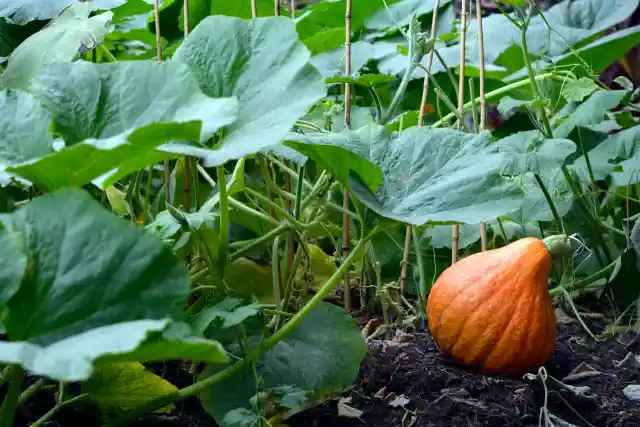

Otherwise, your plants will be more vulnerable to issues like downy mildew when the weather becomes humid. The wonderful thing about these squashes is that they bear a lot of fruit swiftly and profusely, providing you with a lot of nourishment in a little area.
Lettuce
The most useful container plant is lettuce. They don't require a lot of root area, so a 6- to 8-inch deep pot or planting them around the outside of a bigger container with space in the centre for a dash of pepper or tomato works fine.
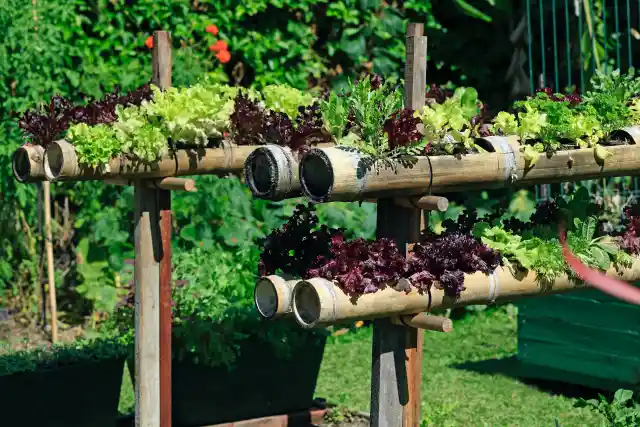
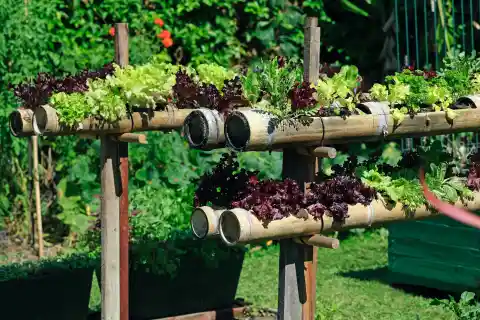
Cutting the outer leaves as needed and allowing the plant's growth continue will allow you to harvest leaf lettuce as a cut-and-come-again crop.
Eggplant
One of the most popular vegetables for a tiny garden is eggplant. These lovely veggies go well with heartier dishes. Oriental eggplants may be grown indoors all winter long because of their slender form and ability to thrive in pots.
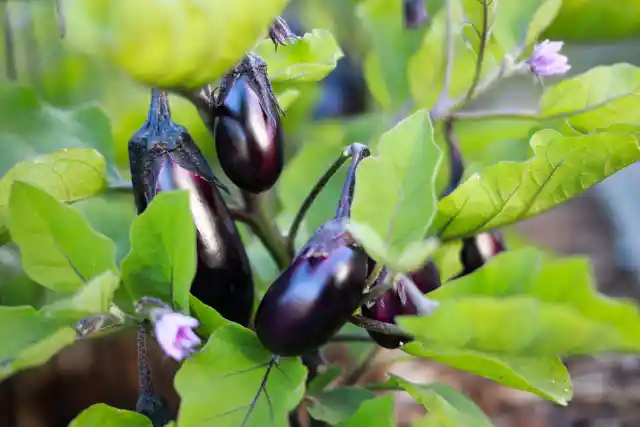
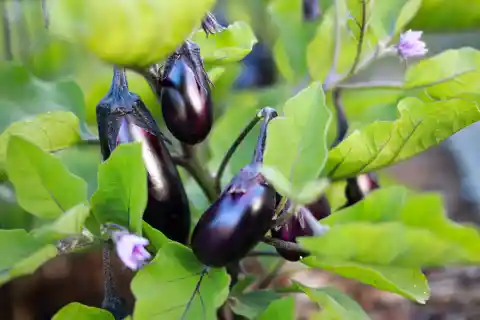
Eggplants are also known for their versatility in cooking. And growing eggplants in pots allows for easy maintenance and flexibility in terms of placement within a small garden space.
Garlic
Garlic bulbs need about six inches of space between plants when they are grown in late autumn or early spring. Certain types of grocery store cloves can even be used to develop complete garlic bulbs.
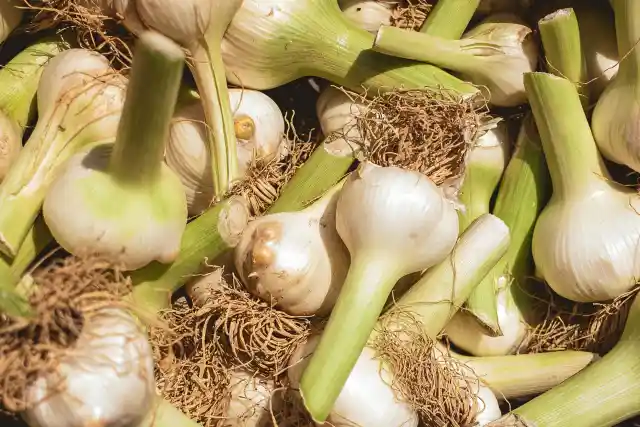
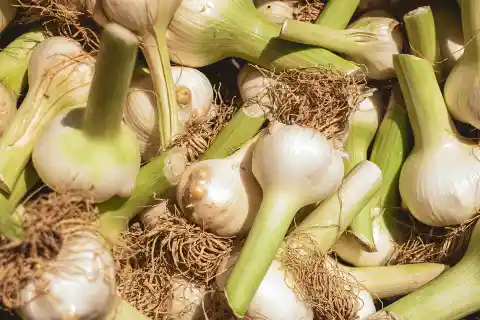
Just set the cloves pointy end up in an empty cup with a small amount of water, wait about a week for them to sprout, and then plant the cloves roots down in a two-inch-deep pot with lots of drainage holes.
Green Onions
This is yet another little veggie that is incredibly flavorful and adaptable. Green onions should be grown in a container because they are a bulb vegetable. All you need is a container that is at least eight inches deep and broad enough to enable up to two inches between the bulbs.
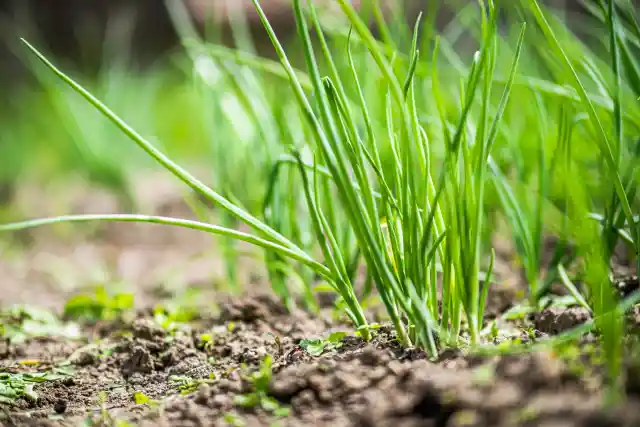
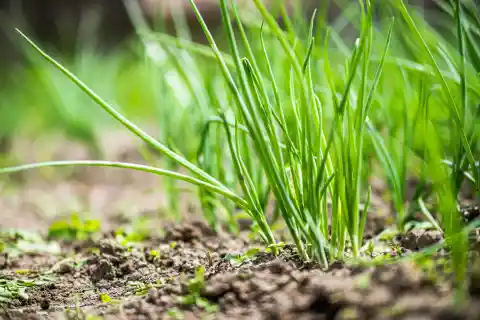
Make sure to fill the container with well-draining soil and plant the green onion bulbs about one inch deep. It's also important to water them regularly and provide them with plenty of sunlight for optimal growth.
Chard
This wonderful vegetable, sometimes known as a "cut and come again," stays on producing all summer long! Just remove the older outer leaves and let the younger ones in the core continue to develop. Similar to spinach in flavor, chard has gorgeous, vividly colored leaves instead.

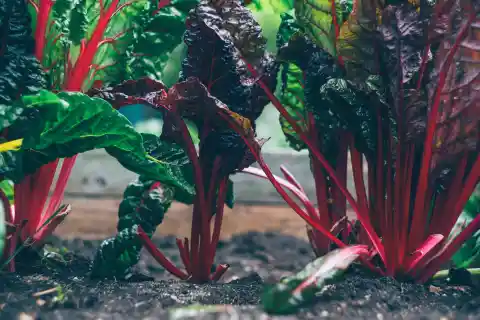
Its vibrant colors not only make it visually appealing but also indicate high levels of antioxidants and nutrients. To ensure continuous production, it's recommended to harvest the outer leaves regularly while allowing the inner ones to mature.
Celery
Celery is an easy-to-grow vegetable that is perfect for tiny gardens. It may also be grown in some shade and doesn't need much water or fertilizer. Celery is another vegetable with a slow bolt, which means it won't go to seed as rapidly as other vegetables.

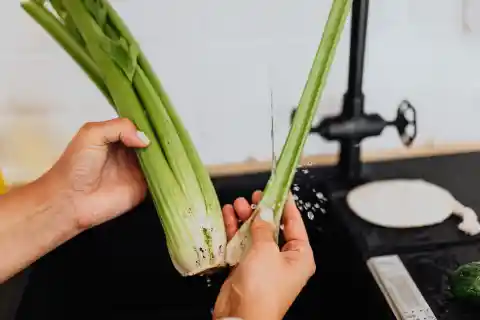
Basically, you can take your time and enjoy it. To maximize your space while growing celery in confined places, be sure to pick a compact type and space your plants closely together.